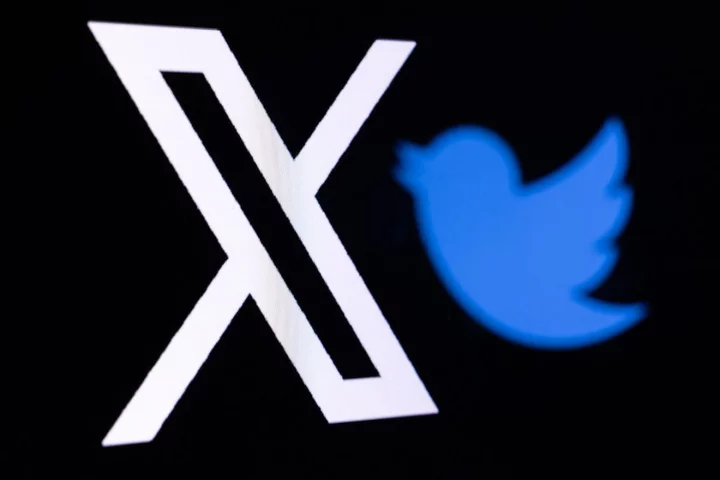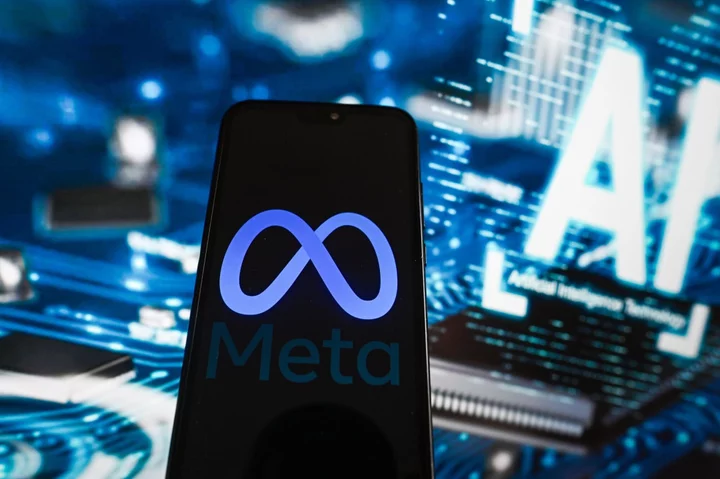Especially if you are working from home, cellular dead zones aren't just annoying, they're mission-critical. If you have a weak signal in your home or none at all, a booster can help.
With that in mind, these are the best boosters for homes, apartments, cars, and anywhere else you might need better coverage. Below these picks, we cover everything you need to know before you purchase.
What Are the Best Cell Phone Booster Brands?
Booster manufacturers have to use various tricks to detect the best signal from surrounding towers and then amplify them without messing up the carriers' systems. That's why you need to stick with boosters primarily from the big four companies: Cel-Fi, HiBoost, SureCall, and weBoost (we also include one from Wilson for a special use case you can read about below). Cheaper boosters available from Amazon often aren't FCC-certified, which means they can cause trouble with surrounding cell sites and networks.
Do Cell Phone Boosters Really Work?
Boosters help the most when you have a weak signal, not when there's none at all. Whereas your phone shows bars, wireless industry folks measure signal in -dBm. A number higher than about -90dBm (like -80 or -70) is a strong signal. Anything below -110dBm is definitely weak, and you might not hold onto any signal below -120dBm. Services like CellMapper can show you the signal you're receiving on your phone.
If you're hesitant to invest in a home booster and primarily need coverage to make phone calls, make sure to try out Wi-Fi calling. All of the major carriers support this feature, and you can often get better call performance over a connection to your Wi-Fi network.
How Do Cell Phone Boosters Work?
The basic principle behind signal boosters is simple: A big antenna is better than a small one. Instead of relying on the tiny antenna in your phone, they capture cellular signal using a large antenna in your window or outside your house (or car), pass that signal through a device that cleans and amplifies it, and send it out through a rebroadcaster inside your home.
Boosters generally have three main components: an external antenna that sits outside your home, a booster that cleans and amplifies the signal, and an antenna you keep inside your home. A coaxial cable connects them all.
Some of SureCall's products combine booster and indoor antennae into one unit. That makes SureCall's boosters easier to install and place, which is part of why the SureCall Flare 3.0 is our top pick for in-home boosters. But if you own a larger home and are willing to run some coax cable, you can greatly extend the boosters' range with some splitters and several panel antennas. This can get complicated, so, at that point, you might want to get a professional installer to set the system up (especially to reduce interference between multiple, in-home antennas.)
Recently, weBoost came out with its first two-piece booster for small homes and apartments, the weBoost Home Studio. It's small and convenient but only covers one or two rooms in your home.
Most boosters handle bands 2, 4, 5, 12, 13, 17, and 66. That includes base coverage bands for AT&T, T-Mobile, and Verizon. The important missing band is 71, T-Mobile's 600MHz rural coverage band. Because it took a while for TV stations to get out of that band, the FCC hasn't approved any consumer boosters for band 71. If you want to boost that band, you need to get an industrial booster such as the WilsonPro 710i or SureCall Force8.
Most home boosters also boost between 64 and 71dB of signal. Once again, that's due to FCC regulations. If you need more of a boost than that, you need to move up to Cel-Fi's single-carrier booster line, which can get to 100dB by boosting only the frequencies from one wireless carrier at a time.
The booster store Waveform has a comprehensive guide to how boosters work on its site.
What Is the Best Cell Phone Booster for Cars?
Boosters for your car are similar to in-home boosters, with one exception: You can only get single-device, in-car cradle boosters. These are much less powerful than in-home boosters (the ones we tested boost by 23dB instead of between 65 and 75dB) but are less expensive, take seconds to install and remove, and don't radiate beyond the cradle that grips your phone. We like the weBoost Drive Sleek as a single-device booster.
The little fin on top of the car shows that a booster is in useRV owners and people who need to boost multiple devices in a vehicle can get in-car boosters with small radiating antennas that can handle several devices. These can be tricky, though, because of how close the output antenna is to the input antenna.
How Do You Install a Cell Phone Booster?
You can install all retail cellular boosters by yourself without any drilling, although ideally, you should hide the cables against your baseboards. You also need to find the optimal antenna position outside your home.
Both SureCall and weBoost have options that let you lean on a professional installer to handle the tricky bits like sticking the antenna on your roof and orienting it properly. SureCall works with Dish subsidiary OnTech to install any of its boosters for an extra fee. weBoost has a specific product, the Installed Home Complete, which comes with OnTech installation. The installation costs $200 for the weBoost product (it varies for SureCall products) so whether it's worth it depends on your budget and DIY ability.
Can You Boost 5G Signal?
Cellular boosters generally can't boost the "good parts" of 5G networks. AT&T and Verizon carry a small amount of 5G on the old cellular bands 2 and 5. Boosters handle that, so a booster may summon you a 5G icon, but that signal doesn't give you an experience that's much different from 4G. The fastest 5G networks for AT&T, T-Mobile, and Verizon are currently on bands n41, n77, n260, and n261; no consumer boosters support those bands reliably.
There is a sneaky way around this. Although no powered boosters work with these bands, passive antennas can still improve signal on bands 41 and 71. They may only get you 10dB to 20dB of gain as opposed to 70dB, but that isn't insignificant (and even just the fact that the antenna is outside can help).
If you are willing to take on a bit of an installation project, the Waveform's Griddy parabolic antenna and MIMO panel antennas improve signal on the 5G band n77. Connecting an outdoor cellular antenna to a Wi-Fi hotspot that has a TS9 connector, such as the Netgear Nighthawk M6, can also turn an outdoor cell signal into an indoor Wi-Fi signal.
Don't Forget to Boost Your Wi-Fi Signal
Cellular signals aren't the only ones that can benefit from a boost. Check out these quick tips to improve the wireless signal from your router, extend and optimize your Wi-Fi coverage, and speed up your surfing. Or go right to our roundups of the best USB Wi-Fi adapters and the best range extenders.









